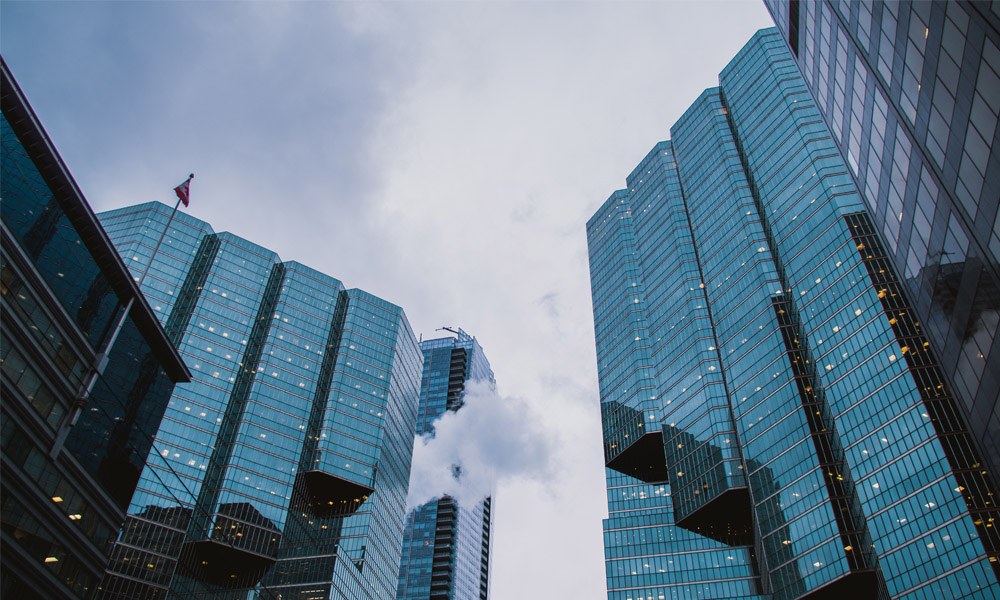

Understanding Low E2 Glass A Sustainable Choice for Modern Architecture
In the realm of modern architecture and construction, energy efficiency has become a crucial focus, driving the demand for innovative building materials. Among these, Low E2 glass has emerged as a significant player, revolutionizing how we think about windows and their role in energy conservation. This article delves into what Low E2 glass is, its benefits, applications, and how it contributes to sustainable building practices.
What is Low E2 Glass?
Low E2 glass, or Low Emissivity glass, is a type of energy-efficient glazing that features a microscopically thin coating of metallic oxides applied to its surface. This coating reflects infrared radiation while allowing visible light to pass through. The term E in Low E stands for emissivity, which refers to the ability of a material to emit energy. Low E2 glass specifically refers to a particular level of emissivity, optimized for both energy saving and aesthetic qualities.
Benefits of Low E2 Glass
One of the primary advantages of Low E2 glass is its thermal performance. It significantly reduces heat transfer, keeping buildings warmer in winter and cooler in summer. This characteristic not only contributes to enhanced comfort for occupants but also leads to considerable energy savings. By decreasing the demand for heating and cooling systems, buildings equipped with Low E2 glass can reduce their energy consumption by up to 30% compared to those using standard glass.
Additionally, Low E2 glass helps mitigate glare and UV light penetration. While it allows natural light to illuminate interior spaces, it effectively blocks harmful UV rays that can cause fading in furnishings, artwork, and flooring. This dual functionality makes it an ideal choice for residential and commercial settings alike.
Applications of Low E2 Glass

The applications of Low E2 glass are vast and varied. It is commonly used in residential windows, where homeowners seek improved energy efficiency without sacrificing natural light. In commercial buildings, Low E2 glass is often incorporated into curtain walls, skylights, and glass facades, enhancing the building's overall performance while maintaining aesthetic appeal.
Moreover, Low E2 glass is an essential component in green building certifications, such as LEED (Leadership in Energy and Environmental Design). Its use not only contributes to the building's energy performance rating but also aligns with the principles of sustainable design, where one aims to minimize environmental impact.
Low E2 Glass and Sustainability
The significance of Low E2 glass extends beyond its technical specifications; it plays a pivotal role in the broader context of sustainability. As society focuses increasingly on reducing carbon footprints and promoting energy-efficient practices, materials like Low E2 glass stand out as sustainable solutions. Buildings with Low E2 glass can achieve higher energy ratings, which is integral to combating climate change.
Furthermore, Low E2 glass is often manufactured using environmentally friendly processes. Many manufacturers adhere to stringent regulations that minimize waste and pollution during production. This commitment to sustainability ensures that from production to installation, Low E2 glass contributes positively to both the environment and the economy.
Conclusion
In summary, Low E2 glass represents a significant advancement in the quest for energy-efficient building materials. Its ability to enhance thermal performance, reduce glare, and contribute to sustainable architecture makes it a valuable asset in modern design. As more architects, builders, and homeowners recognize the benefits of Low E2 glass, it is poised to become a standard feature in contemporary construction, paving the way for greener, more sustainable living spaces. Embracing Low E2 glass is not just a choice for comfort; it is a commitment to a more sustainable future.